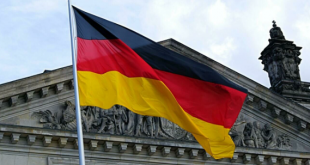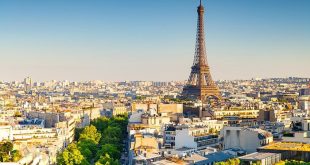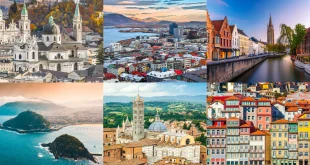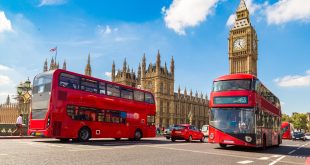The country received 1.13 million foreign visitors in 2015 and is expected to reach 3 million by 2025, according to the Ministry of Culture and Tourism. The industry without a chimney generated 693 million dollars last year and for the bicentennial is projected to reach 2.1 billion, according to the national plan for the sector.

The figures were revealed at LOS TIEMPOS by the holder of the portfolio, Marko Machicao, on the eve of World Tourism Day, celebrated every September 27.
Bolivia is not lacking in tourist attractions: the six macro routes the country offers have a diversity of ecosystems and cultures that are unique in the world. From the heat and humidity of the Madidi to the cold and eternal Salar de Uyuni. From the historic Jesuit missions to the festive and exuberant wine route. There is no lack of options.
This is reflected in the constant growth of the flow of visitors over the last 10 years. According to Minister Machicao, between 2005 and 2015 tourism in the country rose by an average of 8.5 percent.
Worldwide, international tourist arrivals increased by 4.4 percent in 2015 to a total of 1.184 billion, according to the latest World Tourism Organization Barometer.
Domestic tourism also progressed at a steady pace. It has almost doubled since 2005: from 1.9 million to 3 million domestic tourists by 2014.
In terms of total exports, the sector is in third place after natural gas and soya. Among non-traditional exports, tourism is second, and ranks first in value-added exports.
To break the records, the Ministry of Culture and Tourism is planning to invest 400 million dollars over the next four years in tourism infrastructure, national and international promotion, training, and awareness and information campaigns.
Tourism today represents approximately 4 percent of the national GDP and produces 360,000 jobs, both direct and indirect. Machicao wants to reach the bicentennial by doubling these figures.
Content
Macro routes
To improve the country’s tourism offer, the National Tourism Plan created six “macro routes” that link regions according to criteria of accessibility, connection and market.
The macro tourist routes are: Amazonia, in the north of the country (Pando and north of Beni); Jesuit Missions – Pantanal – Bioceanic (Santa Cruz), Wine Route, Singanis and Valley (Tarija – Chaco), Uyuni-Sucre-Potosi Route, Cochabamba Tropics Route and Lake Titicaca-Tiwanacu-La Paz Route.
Most of these routes have a consolidated tourist flow due to their infrastructure and accessibility, but there are others where airport zones, roads, trails, accommodations and other elementary services are missing to attract more visitors, Machicao explained.
The Salar de Uyuni, the Eduardo Abaroa National Reserve, the Madidi National Park, Lake Titicaca and the Jesuit Missions are the main destinations for foreigners.
Until 2014, the town of Rurrenabaque was included in this list, which received some 14,000 tourists, mostly Israelis. In August of that year, President Evo Morales ordered visas for that country, so the flow of visitors fell to three thousand today.
The Dakar, the spearhead
The Dakar positively changed the landscape of tourism in the country. Since Bolivia entered the route of the world’s toughest rally in 2014, visits, especially from domestic tourists, have grown at a good pace.
The first year, the Dakar in Bolivia received 245,000 tourists. Last year there were 450 thousand visitors. For 2017, records are expected to be broken as the competition will enter two capital cities for the first time (Oruro and La Paz), and Lake Titicaca, which will boost the figure.
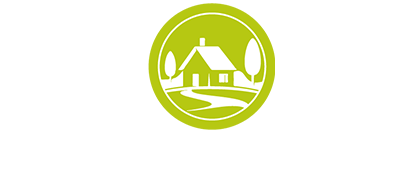 Global Tourism Information on tourism in the world
Global Tourism Information on tourism in the world
